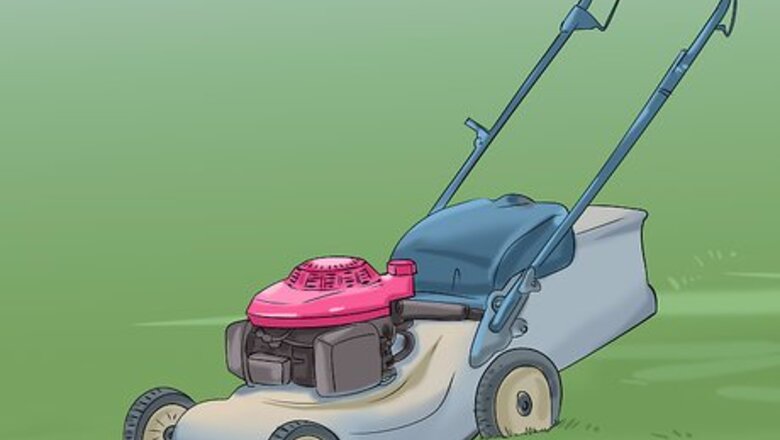
views
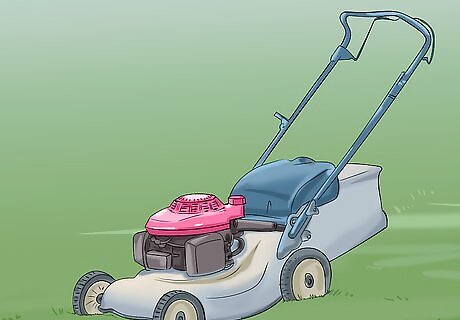
Prior to starting, do a close visual inspection, cleaning out any debris, then: Tighten or replace any loose nuts / bolts. Sand, prime and paint rusted structural parts. Replace or coat any bare or frayed wiring connections.
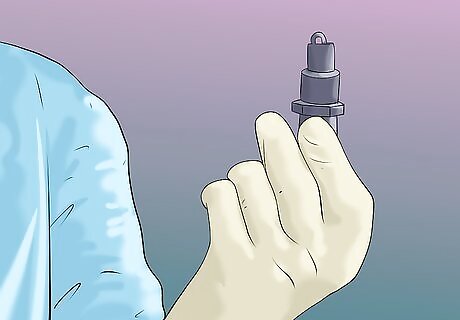
Remove the spark plug lead from the spark plug and move it away from cylinder head. Always do this before attempting any repairs to a lawnmower that require turning the engine. If you can't start it then first check your spark plug.
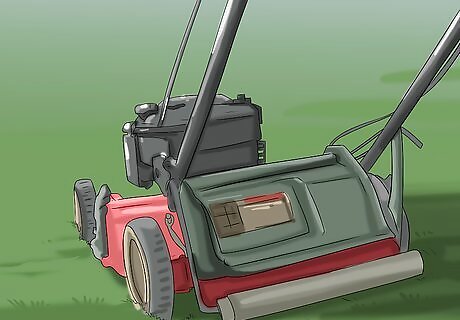
Position your mower. Tip it with care. There is no one rule fits all for tipping two or four stroke engines. It is best not to tip, but if you do you should remove the air filter so that it does not become saturated with oil or gas and be prepared for oil and or gasoline spillage! Most mowers now have a fuel line between the carburetor and fuel tank, and it is a good idea to clamp this in some way. Small needle nose vise grips with rubber hose slid over each jaw work great but should clamp only tightly enough to stop fuel flow. If your lawnmower is a "four stroke" mower (separate gasoline and oil), never tip it on its side with the spark plug to the ground. Most four strokes have a crankcase vent that routes to the air filter box and will pour or seep oil into the air filter or carburetor throat if they are tipped with the spark plug pointing skyward. If your lawnmower is "2 stroke" (oil and gasoline mixed) turn off the fuel tap. You can tip a two stroke mower almost any way that is suitable to you, as long as the fuel doesn't spill from the tank. However, be aware that practically all four stroke mower engines have a float type carburetor that can leak fuel if tipped in a particular position relative to how the carburetor is positioned. They can either pour fuel into the air filter or into the combustion chamber, if the intake valve is open.
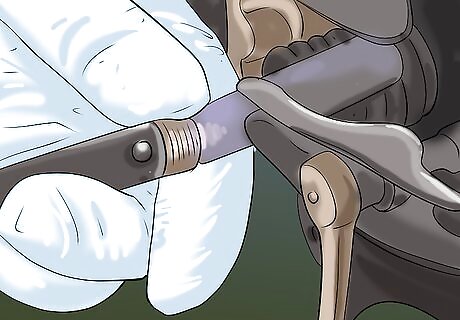
Change or sharpen the blade, if needed. To change a blade, or blade disc, it is often easier to remove the spark plug and feed a length of clean cotton string into the cylinder head to 'lock' the piston while trying to undo the blade bolt(s).
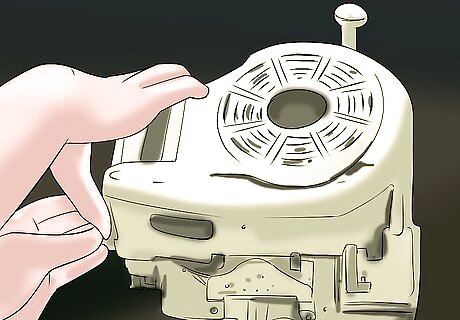
Check the motor's "air filter" while doing this sort of maintenance. A dirty or clogged air filter will affect engine performance and increase fuel consumption of your mower. Symptoms of a clogged air filter include difficulty starting and quickly stopping after several sputters, or a weak idle. You may also see oily or smoky exhaust.
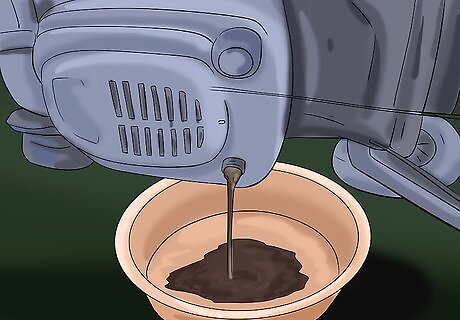
Change the oil if needed. If your mower is a "four stroke" model, change the oil at least once a year. When it is tipped over with the spark plug in the air, it is a good time to remove the "oil fill" plug and drain oil into a suitable oil proof container for disposal or recycling. Many modern mowers have a drain plug so the mower doesn't need to be tipped.
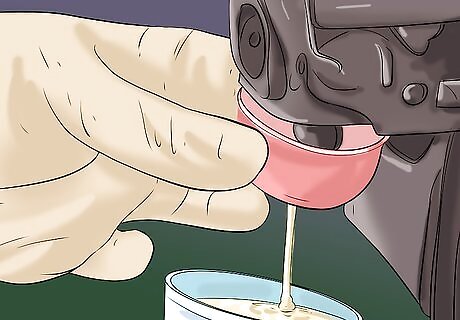
Be aware of stale fuel. Stale fuel is a common cause of mowers not starting after the winter storage. Run your mower for five minutes every two or three weeks and you will save yourself problems come spring. Using gasoline without ethanol will decrease this problem, as will using a fuel stabilizer. Assure you discharge the gas tank by letting the mower run until the fuel is gone. Keep the tank empty until the following cutting season, or, the aged gas that has stayed in the tank all that time will cause moisture and become thick, producing sediments in the gas lines and carburetor, causing the engine to die. Also, make sure you dispose of the aged oil on the tank and change for clean oil.




















Comments
0 comment